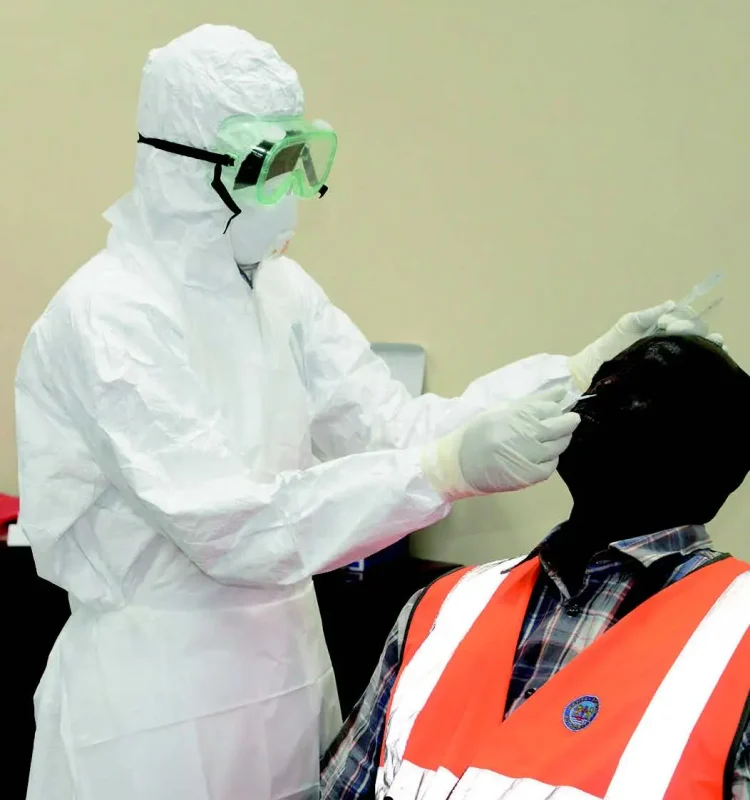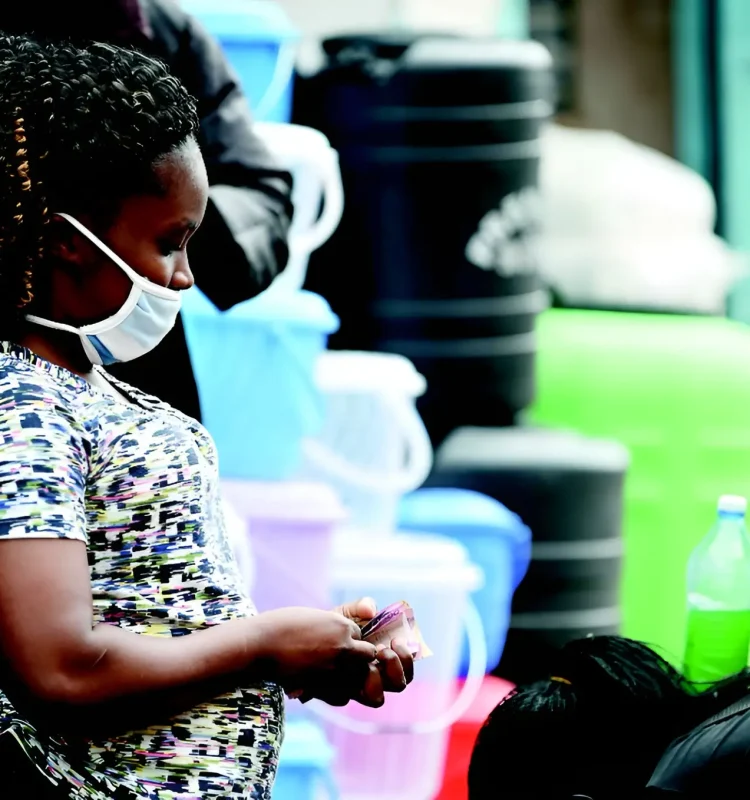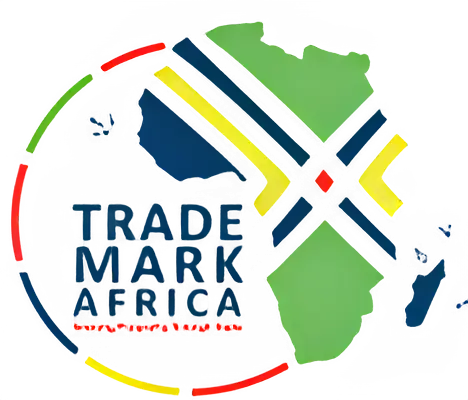Project Brief
Safe Trade Emergency Facility

Implementation Partners
EAC Secretariat, National Governments, Private Sector

Implementation Period
2020 - 2022

Project Participants
Burundi, eastern DRC, Djibouti, Ethiopia, Kenya, Malawi, Mozambique, Rwanda, Somaliland, South Sudan, Tanzania, Uganda and Zambia

Funding Partners
Danida, European Union, Finland, Global Affairs Canada, Netherlands Ireland, UK.



Project Rationale
When COVID-19 hit, Africa faced a stark trade-health dilemma: either keep goods moving or curb contagion. In Eastern and the Horn of Africa, closing borders would have choked food and medicine supply chains and cut export earnings across inter-dependent markets; doing nothing would have fuelled transmission in border towns and along corridors. The Safe Trade Emergency Facility was TMA’s rapid answer as a practical package to keep trade flowing safely while protecting lives. Launched at $20 million and later scaled to over $30 million, it backed governments and the private sector to keep cross-border trade working through the pandemic.
Interventions
- In partnership with the EAC and partner states, TMA developed and supported the roll out of the Regional Electronic Cargo & Driver Tracking System (RECDTS) , a cross-border platform that shared verified COVID-19 test results and reduced repeat testing and bottlenecks at the busiest posts.
- Protection at the front line through financing PPE and hygiene infrastructure at 20 border points across Eastern, Horn and Southern Africa so customs, immigration and port-health officers could work safely.
- Developed and piloted Safe Trade Zones (STZs) to keep women traders doing business in clean, managed market spaces with PPE, sanitation and financial-inclusion support that allowed informal cross-border trade to continue through restrictions. Now operating in Moyale (Kenya-Ethiopia), Tog Wajaale (Somaliland-Ethiopia) and Busia (Kenya-Uganda), the zones have provided more than 1000 women traders with stalls, breastfeeding centres, ablution blocks, reliable water and solar power for cold rooms.
- With regional bodies, we helped codify practical border protocols and promote paperless, risk-managed clearance, reducing face-to-face interactions while speeding essential trade. Further, with EAC Secretariat, developed and disseminated step-by-step border-clearance protocols across all EAC borders; issued administrative guidelines on movement of goods and services, translated into French and Swahili to widen uptake.
- In partnership with EABC , advocacy efforts helped clear truck backlogs at Busia, Malaba, Isebania, Rusumo and Namanga; promoted mutual recognition of COVID-19 health certificates to avoid repeat tests, therefore cutting time and cost of trading.
Safe Trade Emergency Facility proved that trade and health can reinforce each other. In this case, credible digital certification, safer border operations and targeted support for women traders kept economies open without compromising public health. Those capabilities now form part of the region’s preparedness toolkit for future shocks.
Why this approach appealed to governments and donors
- The systems created were not one-offs. RECDTS was built on the Northern Corridor’s proven Electronic Cargo Tracking System that is managed by the EAC and partner states, creating a regional digital public good for health-informed trade, interoperable by design, quick to deploy, and useful well beyond pandemics
- STZs target the most affected micro-entrepreneurs with practical infrastructure plus financial tools, small investments with outsized effects on household resilience.
- A facility launched at $20 million, later scaled to $31–32 million, delivered region-wide digital verification, safer borders and functioning supply chains at a fraction of the cost of prolonged closures.

